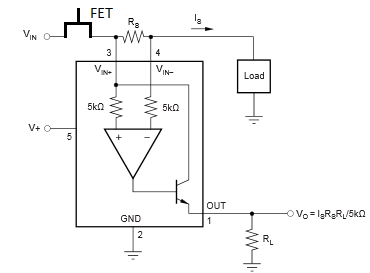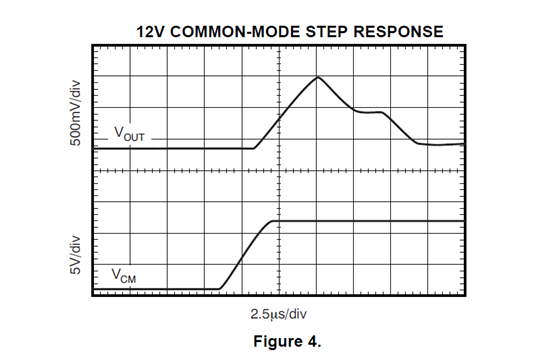I am attempting to utilize the INA138 as a current monitor in a closed loop proportional valve controller. My output current is delivered from a high side FET which receives input from a PWM. Due to the nature of the valve, as current is applied to it, its resistance changes due to heat rise. As a result, I need to monitor the current applied to ensure constant current is output from the FET.
When I apply a substantial amount of current (300mA) I obtain reasonable readings from the INA138 (right now I am measuring on a multimeter but once I get this issue figured out will be inputting the signal to my microcontroller). The issue comes from the lower currents (below 300mA). When I read the voltage at Pin1 (Vout measured across a 150K resistor) I obtain negative voltage readings. My Rs is currently .1 Ohms meaning my Gain is appoximately 3 since I want my max reading of 1A to read 3.2V.
What is causing my reading to be negative at low current? I have the INA138 connected inbetween the load and the FET (the high side). If necessary, what other current sense amps reliably measure currents between 0-1A?
Thanks,
Adam




